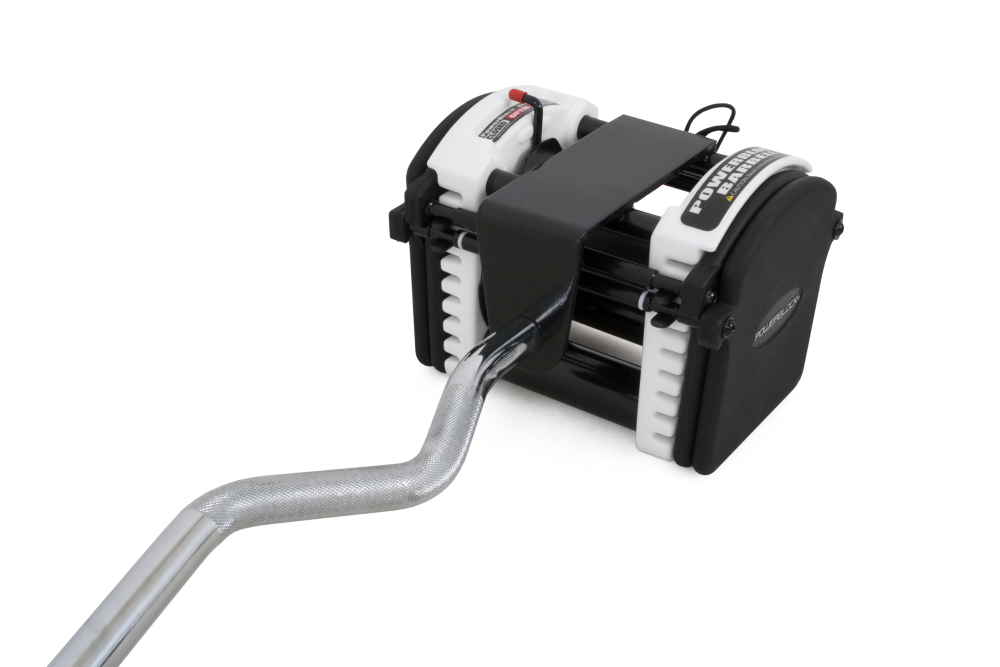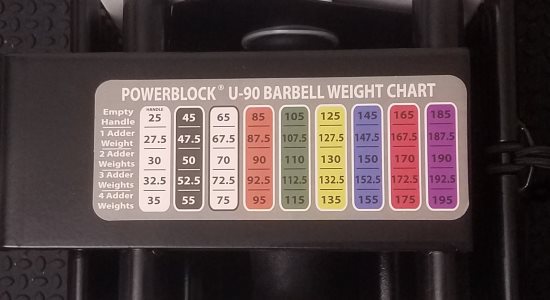
We all know somebody who’s gotten trapped under a barbell when he couldn’t press it back up (you probably see him in the mirror every day). A 2017 study found that dumbbell bench presses activate the pectoralis major-the impressive slab that makes up most of the chest musculature-more effectively than both the barbell bench press and the Smith machine bench press. That’s not something you need to worry about when your hands are connected by a steel bar. Dumbbells Work the Pecs Harder.īench-press a pair of dumbbells and you’ll feel that the chest muscles have to contract at the top of the movement to prevent the weights from drifting outward. And if you need extra work to bring up the weaker side, dumbbells make doing a few more reps or sets with it simple to do. Eventually, the strength on your two sides should roughly even out. This ensures that you never push a set farther than your weaker side can handle. That’s not possible with dumbbells: your right and left sides have to stabilize and push with equal force-and if one side lags behind, you feel it immediately. You may feel like your right and left arm push with equal force on the barbell bench press, but humans are very good at compensating-throwing a little more stress onto their stronger side while favoring their weaker one.

Dumbbells Give you Balanced Development and Strength. That places the stress of the exercise right where it belongs-in your muscles, and not your joints.
#Powerblock straight bar free
Your wrists are free to rotate, and your elbows and shoulders can travel along the path that’s most comfortable for them, essentially customizing the exercise for your body. Do this often enough, and the joints on that side will start to complain.ĭumbbells allow both sides of your body to find their optimal path when performing an exercise. So, when you force the body to move with perfect symmetry-as when you lower an evenly-weighted bar directly to the middle of your chest-one side will always take on a little more of the stress than the other. In fact, your shoulders, hips, wrists and other joints are all slightly different from one side to the other. Dumbbells Place Less Stress on Your Joints.įunny thing about the human body: it only looks symmetrical. This is helpful for making you functionally stronger in the long run, so your muscles can produce force under various conditions-not just when the object they’re pushing against is perfectly balanced or moving in a straight line. Your arms may shake a bit when you’re doing a dumbbell bench press or flye for the first time, or the first time in a long time, but that’s because your muscle are learning to stabilize your shoulder joints while they’re producing force. Yes, they’re harder to control than a barbell or machine handle, but that’s kind of the point. A study from the Journal of Strength and Conditioning Research suggests that larger ranges of motion lead to more muscle growth. But if you want to gain size and athletic performance, you may be better off with dumbbells, which allow you to lower the weights past chest level-maximally stretching the pecs and activating more muscle fibers. That’s not so bad if your goal is to press the biggest weight you can.
#Powerblock straight bar full
When you perform bench presses with a barbell, the bar hits your chest before your pectoral muscles achieve a full stretch. Dumbbells Allow a Greater Range of Motion

Dumbbell training offers the following benefits for chest gains.

That’s a good thing, he says: the smaller muscles in your shoulder joints learn to stabilize those joints, while the big muscles (the pecs, mainly) work harder to control the weights, preventing them from drifting in all directions. John Rusin, a strength and conditioning coach and author of Functional Hypertrophy Training (available at ). “The second you put two weights into your hands, it becomes doubly hard to stabilize them,” says Dr. What Are The Benefits of Working Out My Chest With Dumbbells? We’re about to show you the best dumbbell exercises and workouts to develop your chest, top to bottom. Strengthen Your Chest with Dumbbellsĭumbbell training may not be as sexy as loading up the bar till it bends, but for most people, it’s actually a better road to a bigger, stronger, set of pecs, and offers less risk of injury to boot. Gym wisdom suggests that building a big chest is all about slapping as much weight as you can find on a barbell and bench-pressing it till you’re blue in the face.īut if benching hurts your shoulders, you train at home without a trusty spotter, or you’ve found that barbell training just doesn’t give you a bigger chest, dumbbell work is the answer.


 0 kommentar(er)
0 kommentar(er)
